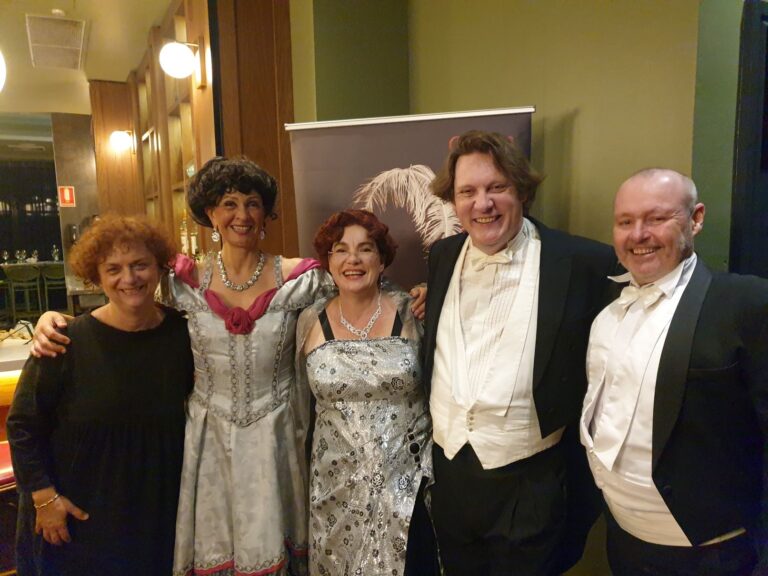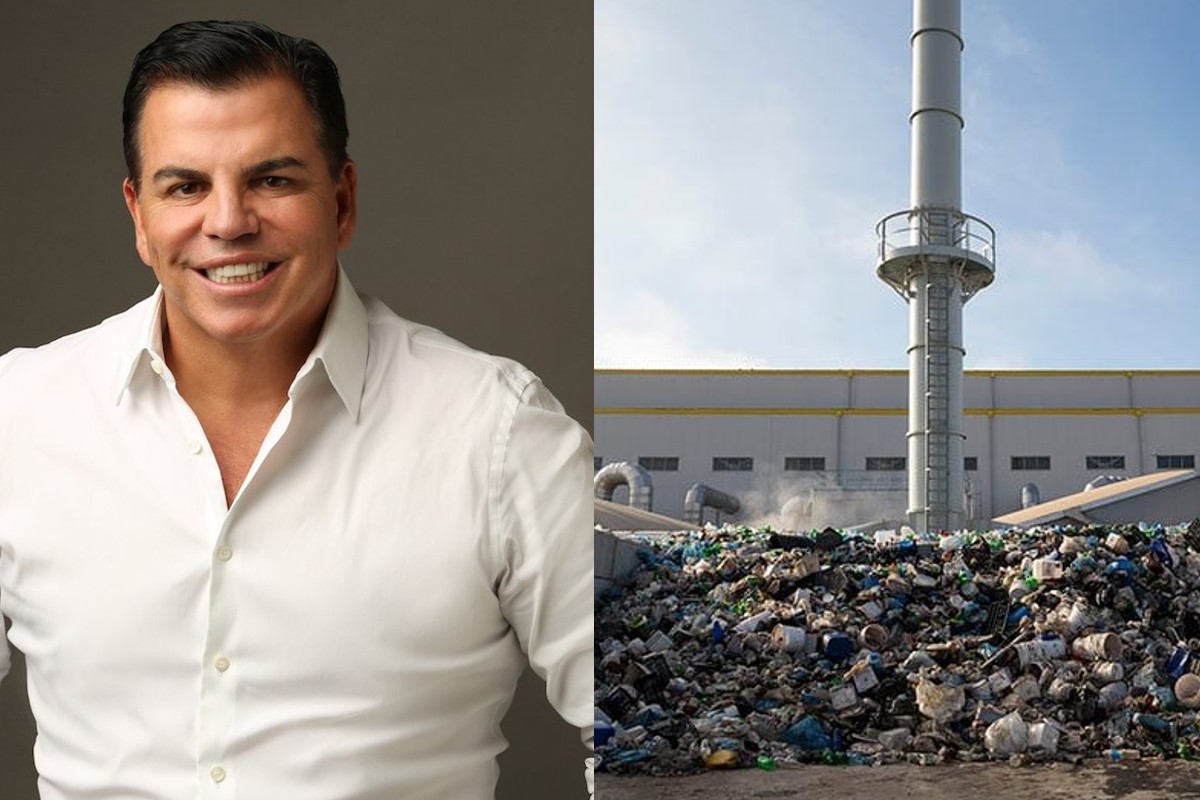
Sydney waste company fights environmental guidelines preventing incinerators

Image: Ian Malouf's The Next Generation are fighting EPA guidelines to be allowed to build controversial incinerators in suburban Sydney areas.
By CHRISTINE LAI
Matraville residents have been angered by company The Next Generation (TNG) for challenging the Environmental Protection Authority (EPA) guidelines in its plan to build waste incinerators in Sydney.
In late August this year, a controversial proposal for an incinerator to be built in Matraville was withdrawn after the introduction of new EPA guidelines which prohibited waste company Veolia from continuing with their plans.
TNG recently contested the new EPA guidelines at the NSW Land and Environment Court on October 18. If their case is successful, the long contested Matraville incinerator could be back on the table.
TNG, started by Ian Malouf who was behind Sydney waste management giant Dial a Dump, has contested the EPA regulations so that the company can legally process waste to generate electricity through incinerators. According to TNG’s website, the waste to thermal process is the “next untapped renewable energy source”.
TNG previously filed a development application to build an incinerator in Eastern Creek, which was strongly opposed by residents in the area. The Independent Planning Commission denied the application in 2018, leading TNG to appeal to the Land and Environment Court in 2019.
The current legislation would allow TNG to obtain the development proposal for an incinerator, however the new Protection of the Environment Operations (General) Amendment (Thermal Energy from Waste) Regulation that came into effect on 8 July 2022 prevents them from going ahead with the project.
This inconsistency has been used to form TNG’s argument that the regulations are invalid so that the company can go ahead with building incinerators.
An independent report by journalist Wendy Bacon stated that TNG’s argument stipulated that the government had used “inappropriate use of power” in the way they were making the regulations and that the “regulation would be invalid because it would be ‘ultra vires’ of the PEO Act”.
Currently, no further hearing on the case has been set.
No More Incinerators group speaks out










